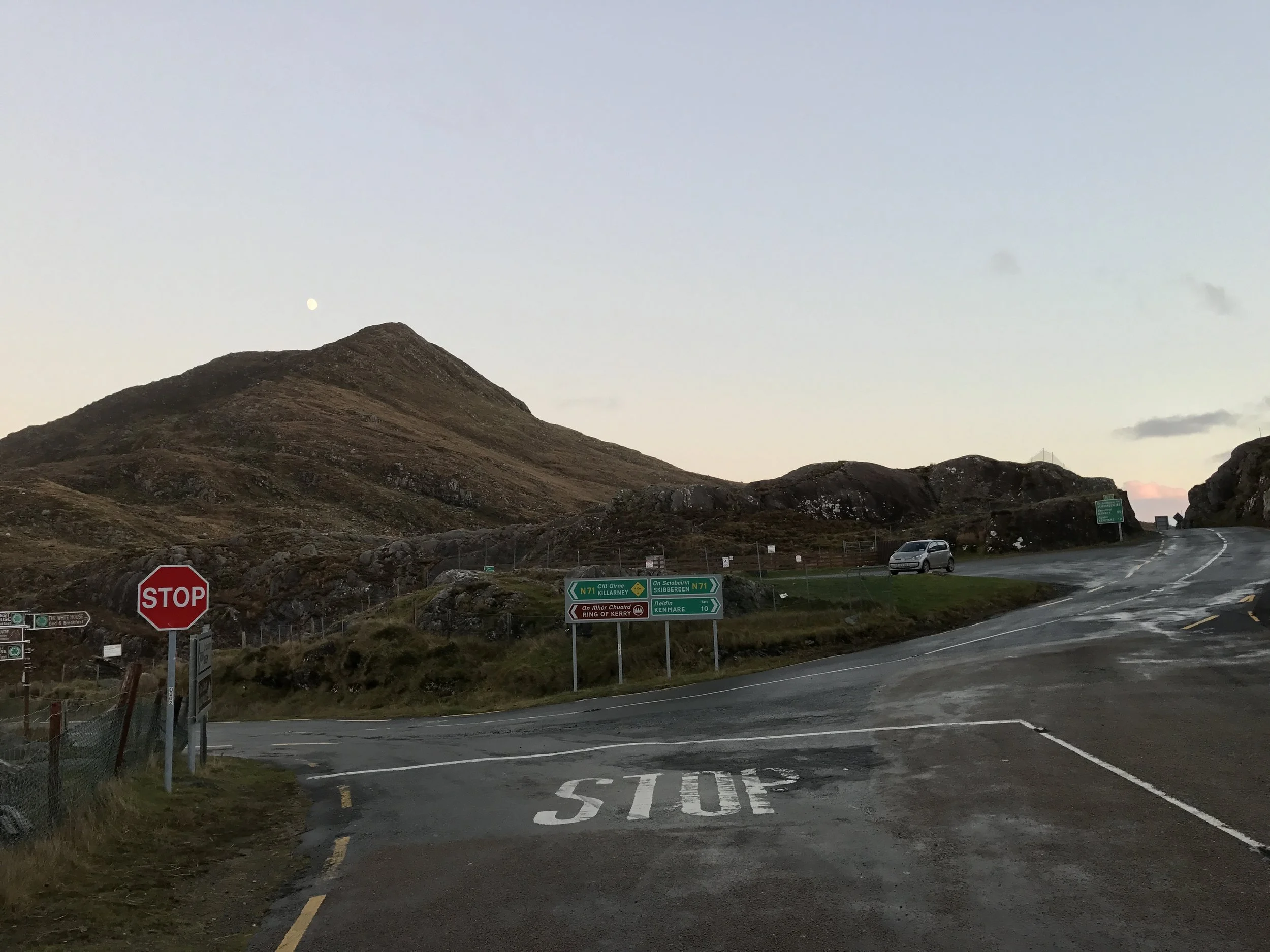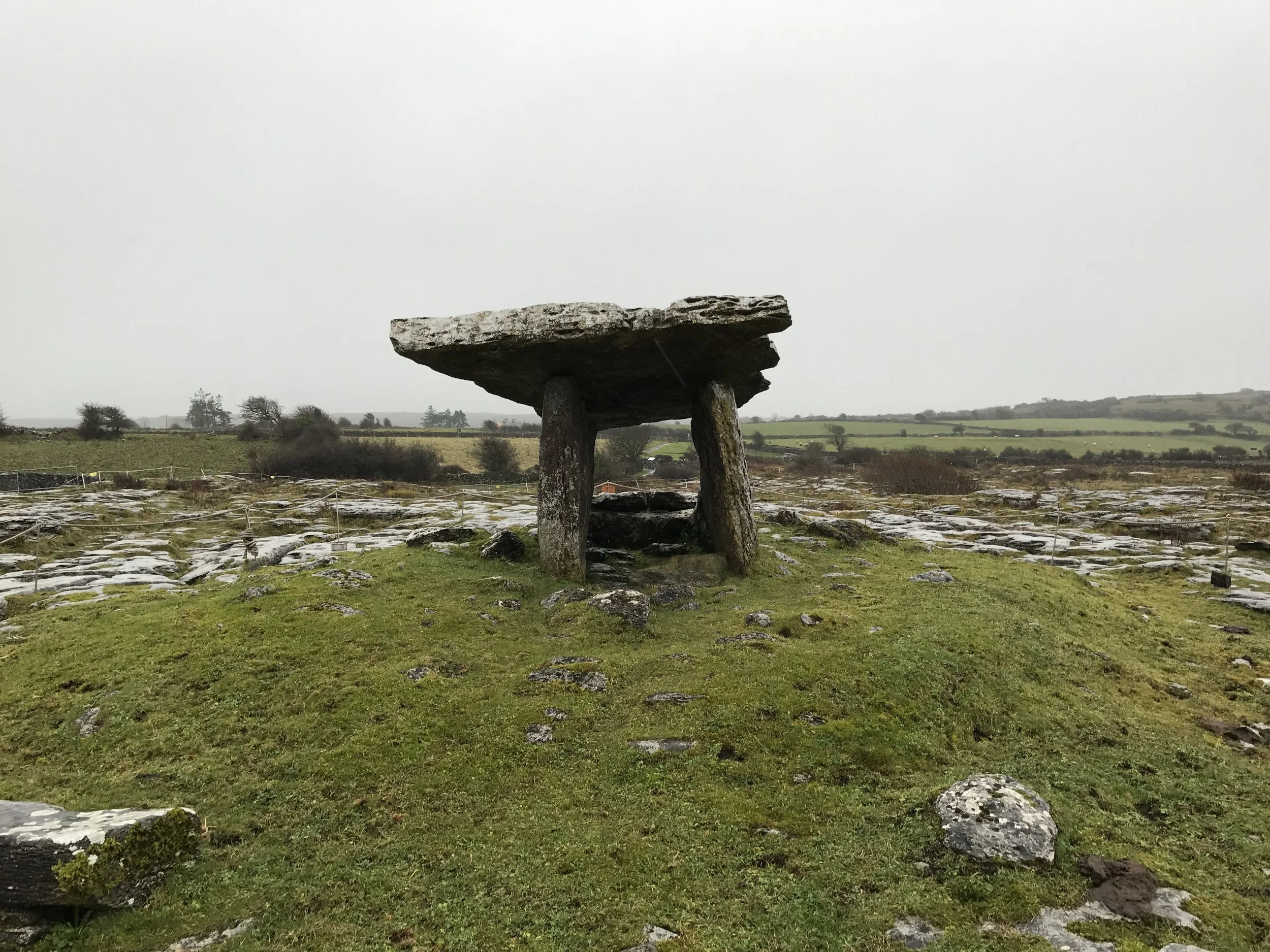While there are three temperate rainforests inside the boundaries of Olympic National Park (Hoh, Quinault, and Queets), the most popular and well-known is the Hoh Rainforest. In addition to its notoriety, the Hoh Rainforest is also the only one of the three to be named a World Heritage Site and a Biosphere Reserve by UNESCO. Before it received this type of recognition, however, the Hoh itself was one of the main reasons for establishing Olympic National Park, as the park itself was created to preserve “the finest example of primeval forest…”. Located on the slopes of the western slopes of the Olympic Mountains, the Hoh is also a spot that receives a great deal of precipitation, averaging over fourteen feet of rain per year. All of this rain has encouraged the growth of tall stands of sitka spruces and western hemlocks, and many other plants throughout the forest. While there are many trails that explore the Hoh Rainforest, the easiest and most accessible introduction to the region is the Hall of Mosses trail.
How to drive like a boss in Ireland
Ireland. The Emerald Isle. Home of Saint Patrick, Guinness, Jameson’s, the Blarney Stone, fine music and literature and much more. And from the Giant’s Causeway in Northern Ireland to the Cliffs of Moher and everything beyond, Ireland is one of the most scenic countries in the world. While Ireland can be explored without a car through a variety of ways, having a car allows one the freedom and latitude to stop at that quaint roadside pub; to see the abandoned ruins without other people, let alone tourists; and to experience everything the country has to offer. Keeping that in mind, like any foreign country, Ireland has a number of rules in both obtaining a rental - and driving that rental that differ greatly from much of the world. For starters, unless one is from the United Kingdom, New Zealand, India, Australia, Japan, or parts of southern Africa, the concept of driving on the left side of the road is completely foreign. But never fear - below, I’ll cover the basics of how to properly obtain a rental, and how to drive it before concluding with some helpful tips related to driving in Ireland that will leave even novice driver’s feeling like an expert.
The Chasm
If one has the time, and the luxury of having a car, or rented a car, driving around the South Island of New Zealand is one of the great adventures in life. Aside from cities and towns, a majority of the island has little traffic, and nothing but sweeping views of far off mountains, expansive coastlines, and almost everything in between. While it is hard to single out one specific drive with the “best” views, any list would surely include the stretch of State Highway 94 from Te Anau to the Milford Sound (otherwise known as the Milford Road). Along this 118 kilometer (73 miles) stretch of road, one has fantastic views of Fiordland National Park, with alpine meadows, snowcapped peaks, waterfalls, old growth forests, and glacial valleys. The only downside to this road is that unlike other stretches of New Zealand highways, it is narrow, and at times, does not have places to pull out and admire the view.
Poulnabrone Portal Tomb
With castles and looming nineteenth century manors, Ireland is well-known for its well-preserved parts of modern history. With much less fanfare, however, Ireland also has a number of well-preserved pieces of ancient history, such as Newgrange, and various portal tombs scattered around the island. While there are over one hundred and seventy portal tombs in Ireland in various states, none is more well-known, visited, and photographed than the Poulnabrone Portal Tomb. Before discussing the many unique features of Poulnabrone, it’s helpful to have a frame of reference as to what “Portal Tombs” or “Dolmens” were. While no one is entirely sure what portal tombs were constructed for, given the length of time that has passed – some five to six thousand years – they are classified as two standing stones standing parallel that are covered by a large top roof stone (known as a “capstone”). And, while no one knows exactly for sure, the “portal” aspect of the tomb was that of a gateway to the “Otherworld” – either keeping it out of our world, or for providing access between realms.
Mulgrave Barracks
If you are lucky enough to rent a car, or have access to a car in Ireland, one of the first things you will realize while driving around is that for the most part, there are not any non-scenic portions of the island. Having said that, there are many scenic drives in Ireland, and out of all of them, the Ring of Kerry is the most well-known, and one of the most beautiful, if not the most beautiful. In case you’ve never heard of it, the Ring of Kerry is a 180 kilometer long (111 mile) loop drive that covers most of the Iveragh Peninsula in County Kerry. In addition to passing through many seaside villages, the loop also passes through portions of Killarney National Park, and also has innumerable scenic views, both in and out of the park.
Stonewall Mine
While the gold rush of the nineteenth century in California was largely confined to the northern portion of the state, prospectors also fanned out to all regions of the state, seeking to strike it rich. In San Diego County, most of the mining exploration occurred in and around the town of Julian, but the largest and most productive mine was located a little bit further south, in what is now Cuyamaca Rancho State Park. In 1870, gold was discovered, and after a great deal of legal difficulties, the Stonewall Mine began operating. Over a fifty year period, the Stonewall Mine became the most productive and profitable mining operation in the county, producing over two million dollars of gold.
Glendalough
With a rich Neolithic history, and innumerable medieval ruins, Ireland has a plethora of unique and sacred sites that can be visited, and more importantly, are easily accessible. Out of all of these locations, however, there is only one site that features the well-preserved ruins of a medieval monastic village, and that is Glendalough. Located in a glacial valley, Glendalough (Gleann Dá Loch) literally translates to “Valley of the Two Lakes”. The site was founded by Saint Kevin in the sixth century; and before it was a monastic village it was a location the Saint himself lived had resided in on his own with few of the creature comforts of the time. During that time, according to legends and his writings, Saint Kevin made friends with animals, battled mental demons and knights, and lived a life of austerity in a cave.








